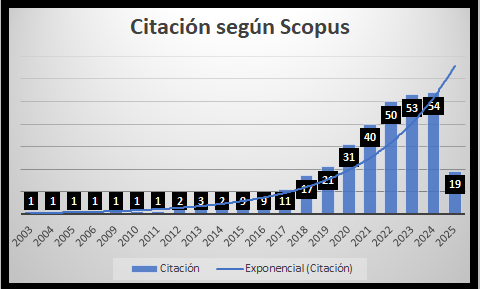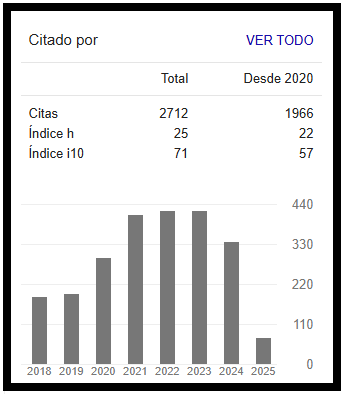Ethical Considerations for Youth Treatment by the Media
DOI:
https://doi.org/10.24265/cian.2011.n1.20Keywords:
Youth, Media, Stereotypes, Social Order, EthicsAbstract
This article reflects on the Youth as a stage of transition and change in human life that has been interpreted, in many ways, by the Media. Young people often represent an icon of the breakdown of social order, which incurred easy to speculate on authorship in any act of criminality. On the other hand, reflects a confused image of proportion to its reality and its efforts to train and integrate into the labor market. Instead, they are used as symbols of the promise of future political messages. This ambiguity can lead to a stereotype of youth condition their perception of the elderly. This article suggests ways to improve the
image of young people in the Media.
Metrics
Downloads
References
Aranguren, J. L. (1961). La juventud europea y otros ensayos. Barcelona: Seix Barral.
Auge, M. (1993). Los no lugares. Una antropología de la sobremodernidad. Barcelona: Gedisa.
Bourdieu, P.
_(1997). Sobre la televisión. Barcelona: Anagrama.
_(1991). La distinción. Criterio y bases sociales del gusto. Madrid: Taurus.
_(1990). “La juventud es más que una palabra”. En Sociología y cultura. México D. F.: Grijalbo.
Calvo, T. (1995). Crece el racismo, también la solidaridad. Las actitudes de nuestros jóvenes ante otros pueblos y culturas. Madrid: Tecnos.
Ericson, E. H. (1980). Identidad (Juventud y crisis). Madrid: Taurus.
Feixa, C. (1999). De jóvenes, bandas y tribus. Antropología de la juventud. Barcelona: Ariel.
Foulcault, M. (1990). Vigilar y castigar. Madrid: Siglo XXI.
Garrido Medina, L. y Gil Calvo, E. (1993). Estrategias familiares. Madrid: Alianza Universidad.
Gil Calvo, E. (1985). Los depredadores audiovisuales. Juventud urbana y cultura de masa. Madrid: Tecnos.
Goodman, P (1971). Problemas de la juventud en la sociedad organizada. Barcelona: Península.
Gubern, R.
_(1977). Comunicación y cultura de masas. Barcelona: Península.
_(1987). La mirada opulenta. Barcelona: Gustavo Gili
Iglesia de Ussel, J. (1998). La familia y el cambio político en España. Madrid: Tecnos.
Maffesoli, M. (1990). El tiempo de las tribus. Barcelona: Icària.
Maluf, N. A. (1999). “Bellos pero irresponsables”. En Iconos, 8. Quito: Flacso.
Miguel de, A. (2000). Dos Generaciones de jóvenes 1960-1998. Instituto de la Juventud.
Morin, E. (1994). Introducción al pensamiento complejo. Barcelona: Gedisa.
Ortega y Gasset, J
_(1992). La rebelión de las masas. Madrid: Alianza.
_(1982). Misión de la Universidad. Madrid: Alianza.
Pérez Tornero J. M. (1994). El desafío educativo de la televisión. Barcelona: Paidós.
Sánchez Noriega, J. L. (1997). Crítica de la seducción mediática. Madrid: Tecnos.
Schiller, H. (1987). Los manipuladores de cerebros. Barcelona: Gedisa.
Sperber, D. (1988). El simbolismo en general. Barcelona: Anthropos.
Suárez, J. C. (2001). Análisis Ético de la Información. Sevilla: Mad.
Van Dijk, T. A. (1990). La noticia como discurso (comprensión, estructura y producción de la información). Barcelona: Paidós.
Downloads
Published
Issue
Section
Categories
License
Copyright (c) 2011 Juan Carlos Suárez Villegas

This work is licensed under a Creative Commons Attribution 4.0 International License.
In case the manuscript is approved, the authors retain the copyright and assign to the journal the right to publish, edit, reproduce, distribute, display and communicate in the country of origin and abroad by means of print and electronic media in different databases.
In order for this procedure to be recorded, the author must fill out the following formats:
Format 1 - Author data Format.
Format 2 - Affidavit on originality and authorization for the publication of articles Format.
Format 3 - Open Science Compliance.








2.png)


















